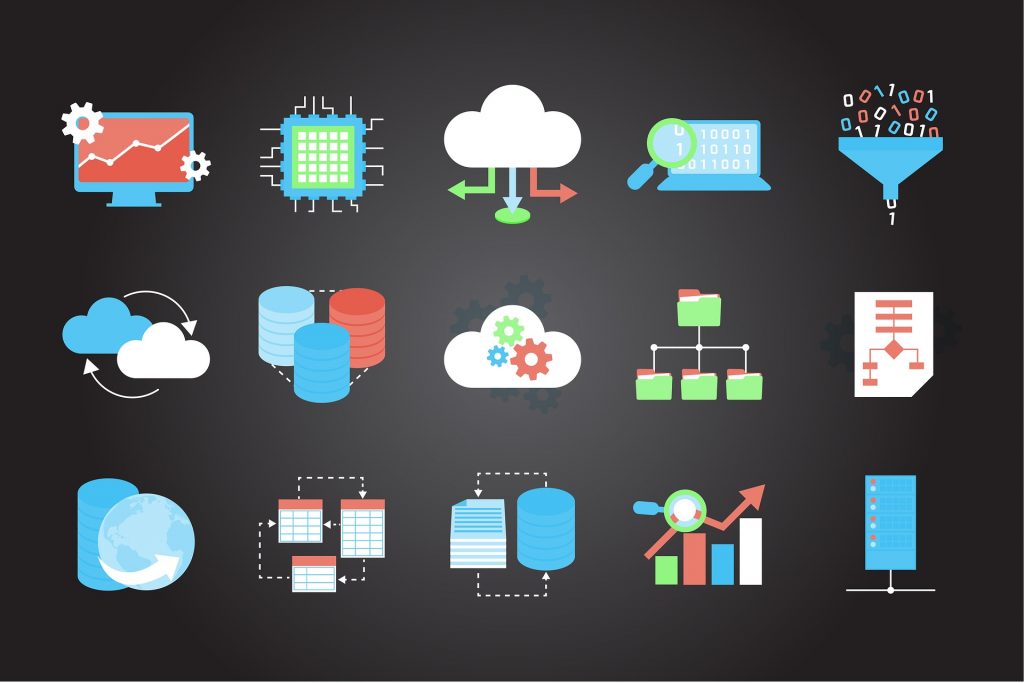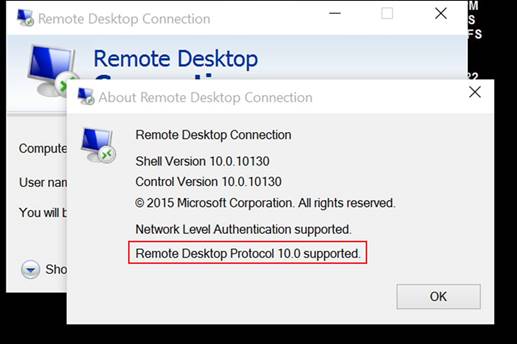
Windows automatically creates exceptions in the Windows Firewall to allow remote connection traffic to get through. If you’re planning to connect from other PCs on the same local network, that should be all you have to do. On any version of Windows, you can also click the “Select Users” button to set up specific users that are allowed to make remote connections. When you’re done setting things up, click the “OK” button to have your PC start listening for remote connections.

Notice that you have three distinct options in Windows 7-don’t allow remote access, allow connections from any version of Remote Desktop, and allow only connections that run with Network Level Authentication. If you’re using Windows 7 or Vista, things work the same, but are presented in a slightly different way. If you must allow connections from PCs running Windows XP or earlier, you’ll need to disable this option. Modern versions of Windows all support this level of authentication, so it’s best to leave it enabled. In Windows 8 and 10, the option for only allowing connections from PCs running Remote Desktop with Network Level Authentication is also enabled by default. In the future, you can expect even more capabilities, such as the ability to better manage multiple connections.In the “System Properties” window, on the “Remote” tab, select the “Allow remote connections to this computer” option. These clients offer increased security, and they are a key part of our engineering roadmap moving forward. Instead, we have two great supported client options: Remote Desktop Connection and Universal Client for Windows 10. However, RDCMan has not kept pace with the level of advanced technology that we're pursuing.

RDCMan is a client that is widely used to manage multiple remote desktop connections because it's a convenient option. We're increasing our investments in virtualization and remote desktops, such as Azure Virtual Desktop and RDS on Microsoft Azure.

And, we recommend that you use Windows built-in Remote Desktop Connection (%windir%\system32\mstsc.exe) or universal Remote Desktop client instead of Remote Desktop Connection Manager (RDCMan).Īpplies to: Windows 10 - all editions Original KB number: 4512838 More information

Virtualization and remote desktops are an important part of your infrastructure and work.


 0 kommentar(er)
0 kommentar(er)
